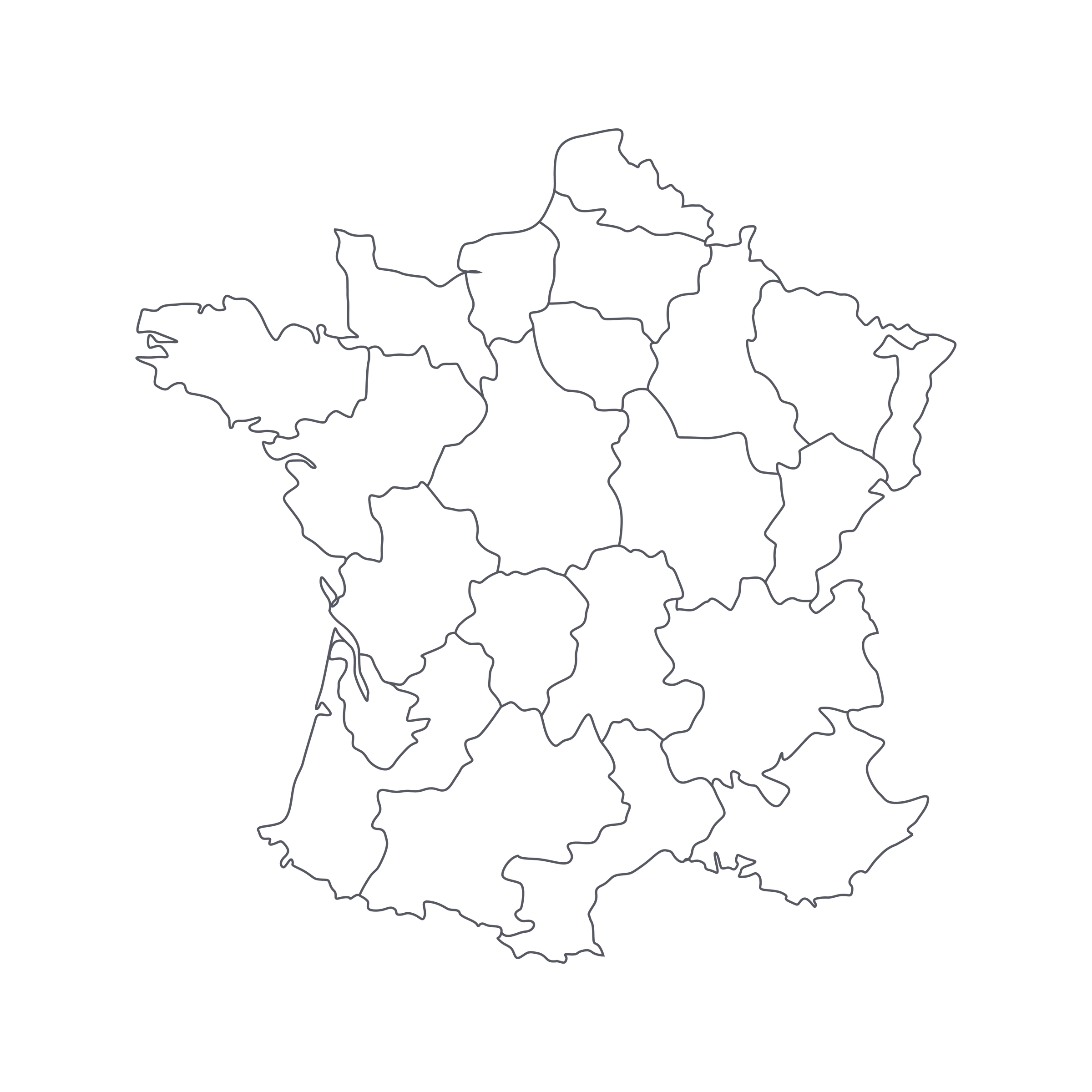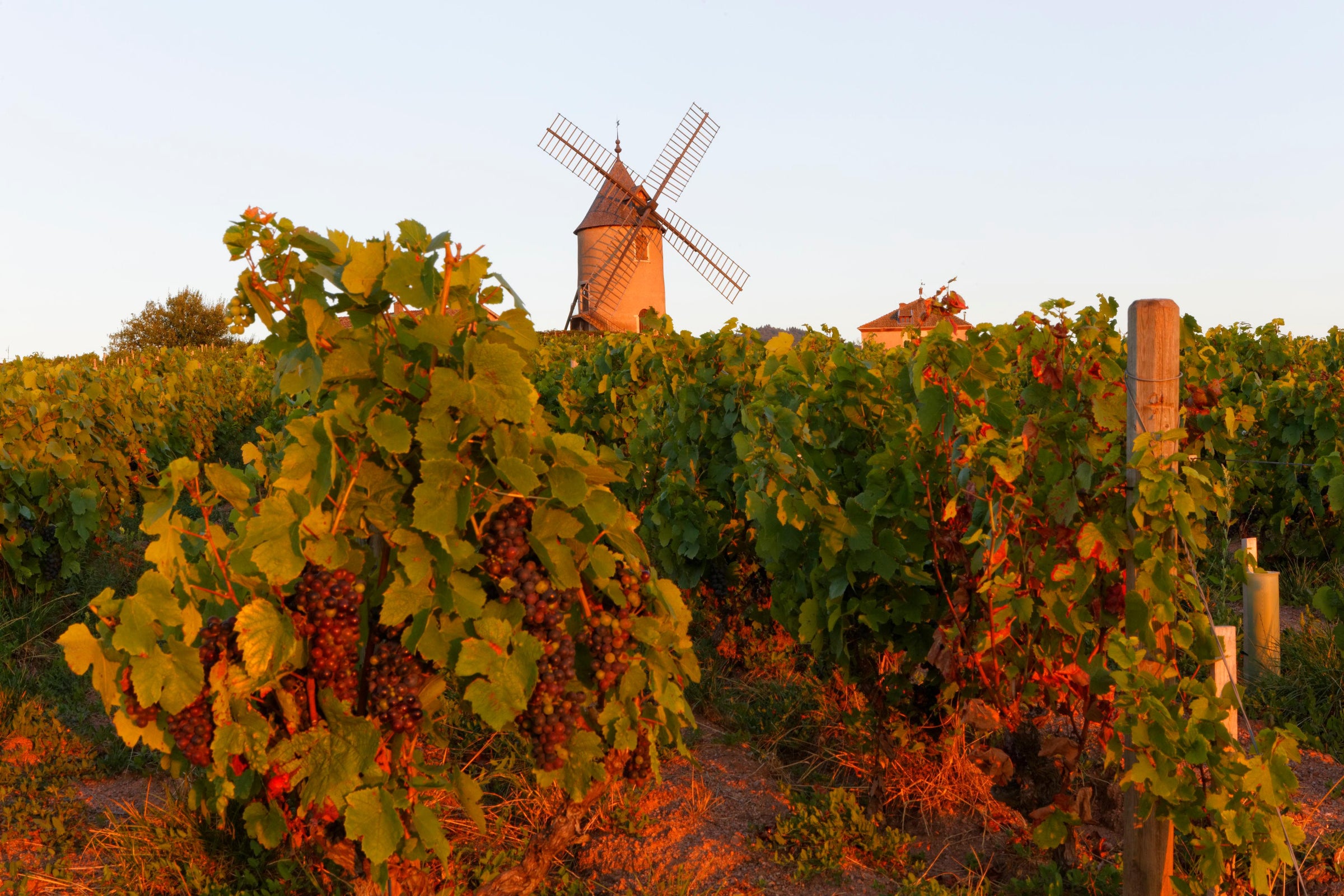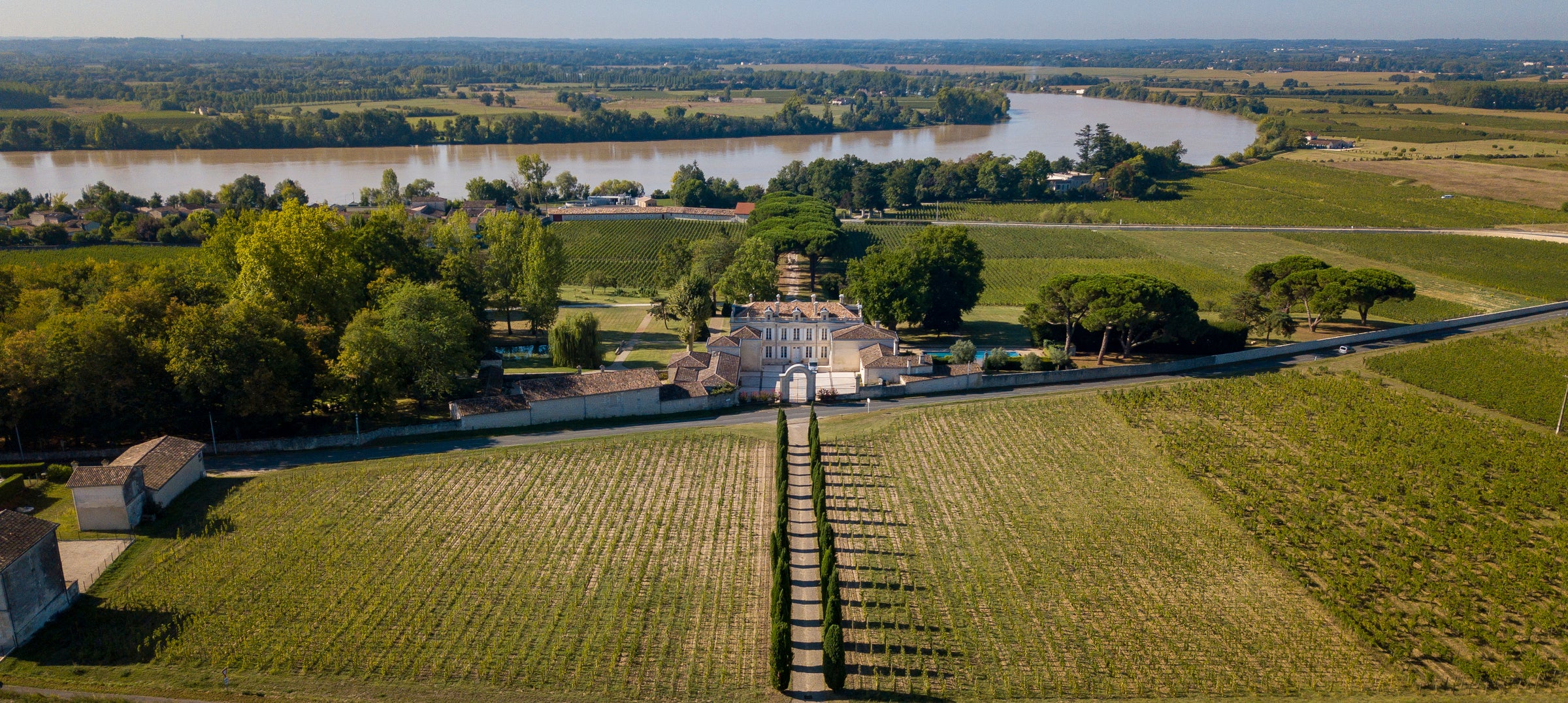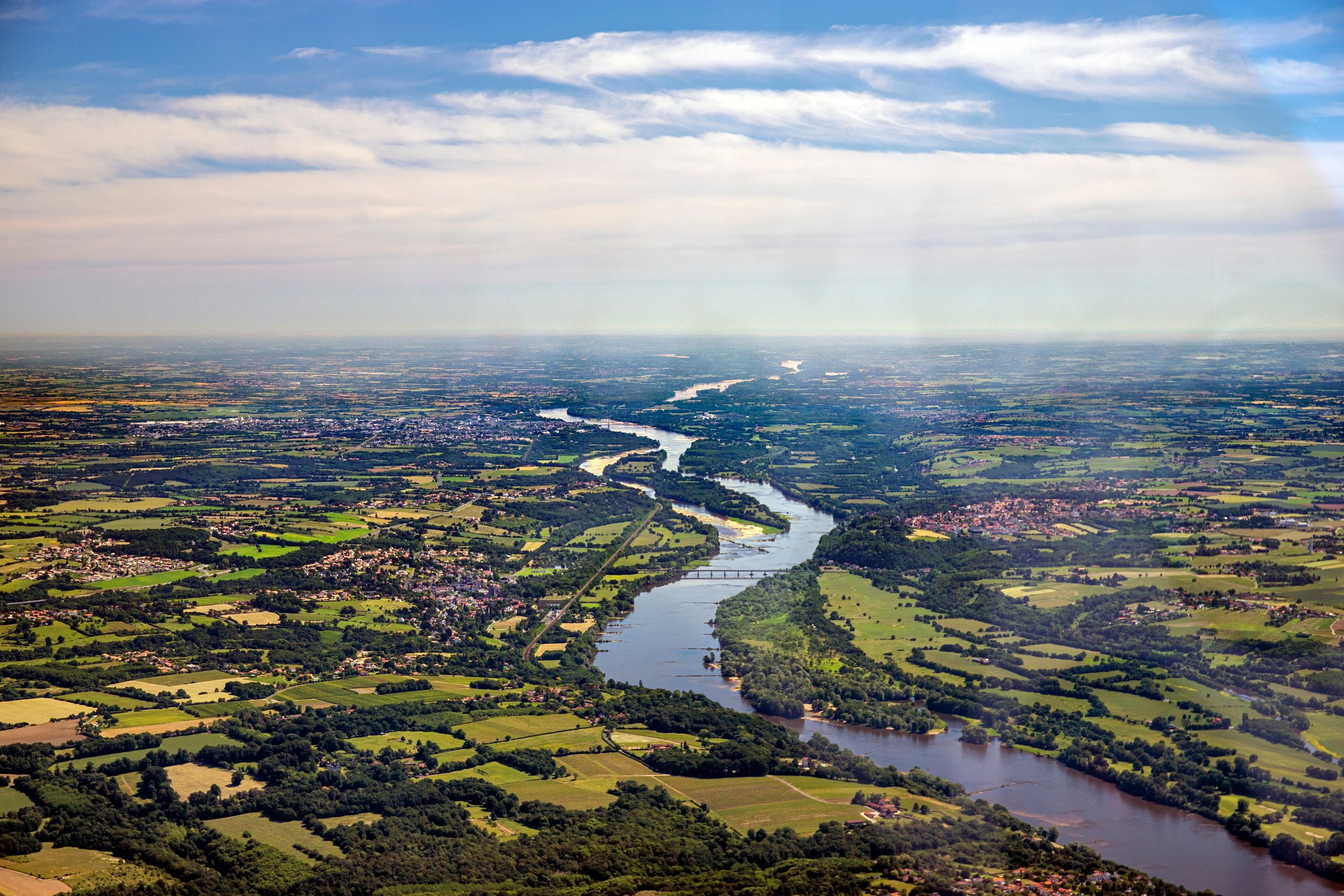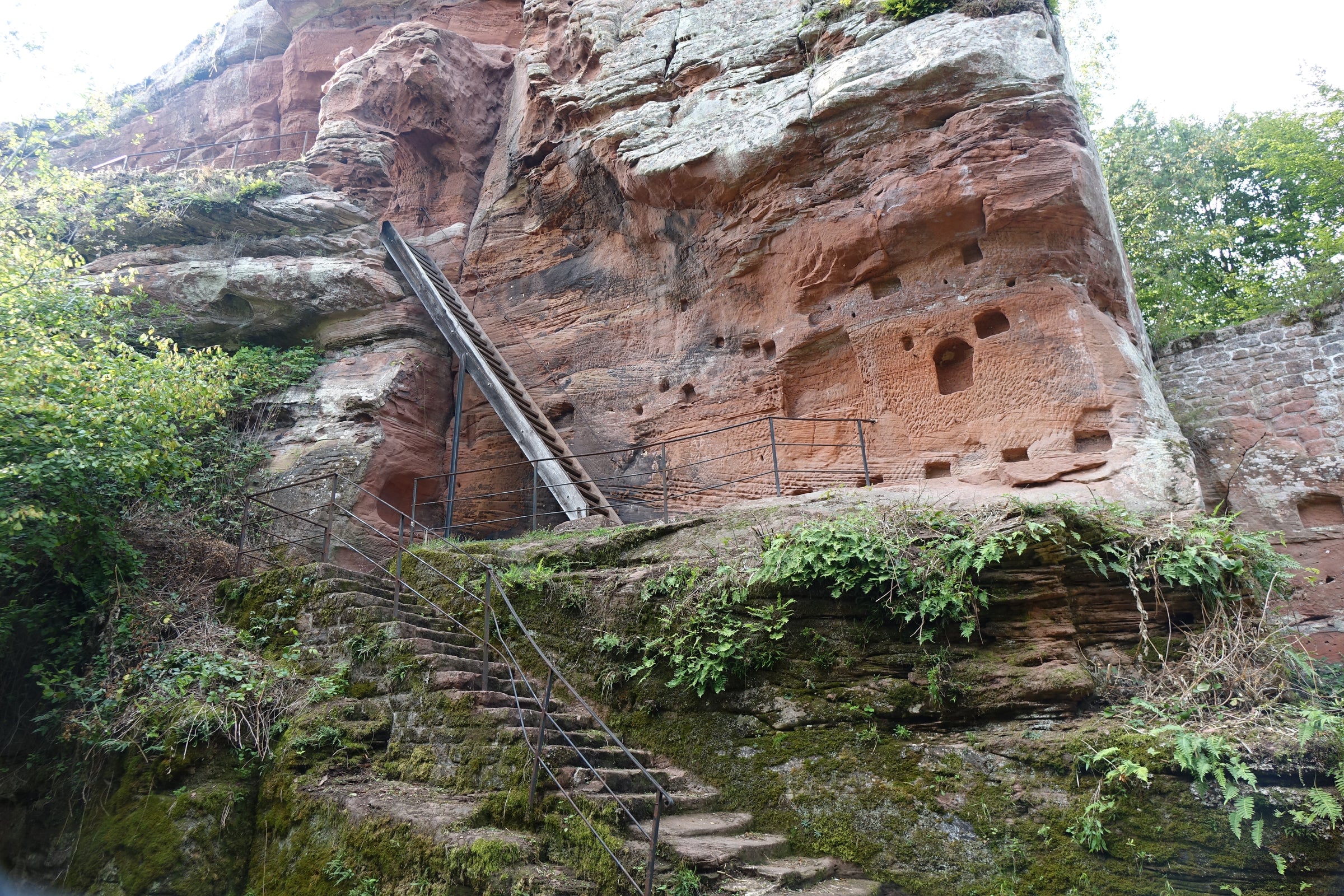First off, let me declare my love for ‘07 Burgundy: The clarity and purity from top bottlings emphasizes what initially put classic Burgundy on the map—a harmonious blend of savory earth and delicate fruits. And you won’t find a purer example than Taupenot-Merme’s back-vintage release of Grand Cru Corton-Rognet, a life- and Burgundy-affirming wine that makes you say “that’s what top Burgundy can (and should) be.”
Corton is the “King of the South,” but many years of maturation are needed to experience the regal, perfumed, and deceptively powerful wines that its top producers are famous for. Thankfully, Taupenot-Merme did the legwork for us: They combined the elegance of 2007 and then allowed it to rest in their cellars for a decade, resulting in a micro-production, late-release gem that competes with any Grand Cru in Burgundy. This Corton-Rognet Rouge, with a stunning aromatic profile that reminds me of older Dujac bottlings, is on par with the greatest red Burgundies on the market. Ultimately, it represents everything Burgundy collectors are looking for: A gracefully evolved Grand Cru brimming with brooding power that has entered a peak drinking window, but will age for 10+ more years without a blemish. No, it isn’t cheap, nor should it be: This is an unforgettable experience worth every single penny. It captures your attention and refuses to let go. Enjoy the ride!
Although founded in 1963 after the union of Jean Taupenot and Denise Merme, winemaking in the Taupenot family can be traced back to the early 1700s—even later for the Merme side. At the behest of his father, Romain Taupenot was beckoned back to head the domaine in 1998 after working in finance for a decade (he did this without ever missing a harvest). Taking the lessons he learned throughout his upbringing, Romain preserved key philosophies and principles while improving on areas he felt were lacking. A prime example was the conversion to organic viticulture in three short years (although he has not sought certification). The family also had two wineries at the time of his succession, so to channel his focus and passion, Romain merged them.
Yes, the hill of Corton is sprawling, meticulously segmented, and filled with confusing regulations, but one thing is clear: the regal wines can make for some of Burgundy’s finest, given the proper amount of cellaring. Today’s Rognet, a Grand Cru climat of Corton proper, lies on the northeast-facing side of the hill, and is able to soak up the morning rays while avoiding the direct contact with the hot, late-afternoon sun. Taupenot-Merme owns just under one acre of this prized real estate and, naturally, all grapes are harvested by hand. In the winery, a long three-week fermentation was initiated via ambient yeasts and the wine then aged on its lees for 18 months in 50% new French oak—racking was avoided. Afterwards, the wine was bottled without fining or filtration and sent to rest for 10 years in their dark cellar. I’ve featured this quote from Romain in our previous Taupenot offerings, but it speaks so perfectly to what his wines represent: “There have been key developments and innovations in the areas of viticulture and winemaking in the last few decades, making it possible to produce great wines that I dare say are rather technical, more standardized, and somewhat deprived of their racy authenticity…To have the winemaker’s style rest in the shadow of the expression of terroir—this is the Grail quest.” With that in mind, wait until you try this Corton-Rognet!
Taupenot-Merme’s 2007 Corton-Rognet is in a perfect drinking spot, exactly expressing the magic that comes with judiciously cellared red Burgundy. Where it was likely brawny and unforgiving in its youth, it has, with 10 years of aging, unclenched its jaw and revealed amazing finesse and complexity with brooding undertones of minerals and earth. The wine displays a mature, light garnet core moving to a light ruby rim and slowly reveals everything you’d expect in an elegant, developed Grand Cru—a perfect balance of perfume and savory earth. Expect beautiful rushes of brambly berries, dried cherries, rose petals, leather, currants, cured meat, dried violets, (there are some stunning Rhône-like qualities to it), dried wildflowers, mushroom stock, and well-integrated baking spices. The palate is elegant and supple, casting an air of profundity with its melding of evolved fruit, brooding earth components, and mouth-watering savor. It’s an intelligent wine, and though I anticipate another 10-15 years in its life, it’s fully ready to show off its knowledge right now. Simply pull the cork 15-20 minutes prior and serve directly into large Burgundy stems just above cellar temperature, consuming within the first few hours. Just like the wine itself, aim for an elegant pairing with the attached braised lamb shanks and polenta recipe. This is a bottle begging for an ultra-special occasion—make sure to open it with those you hold dearest. Cheers!


